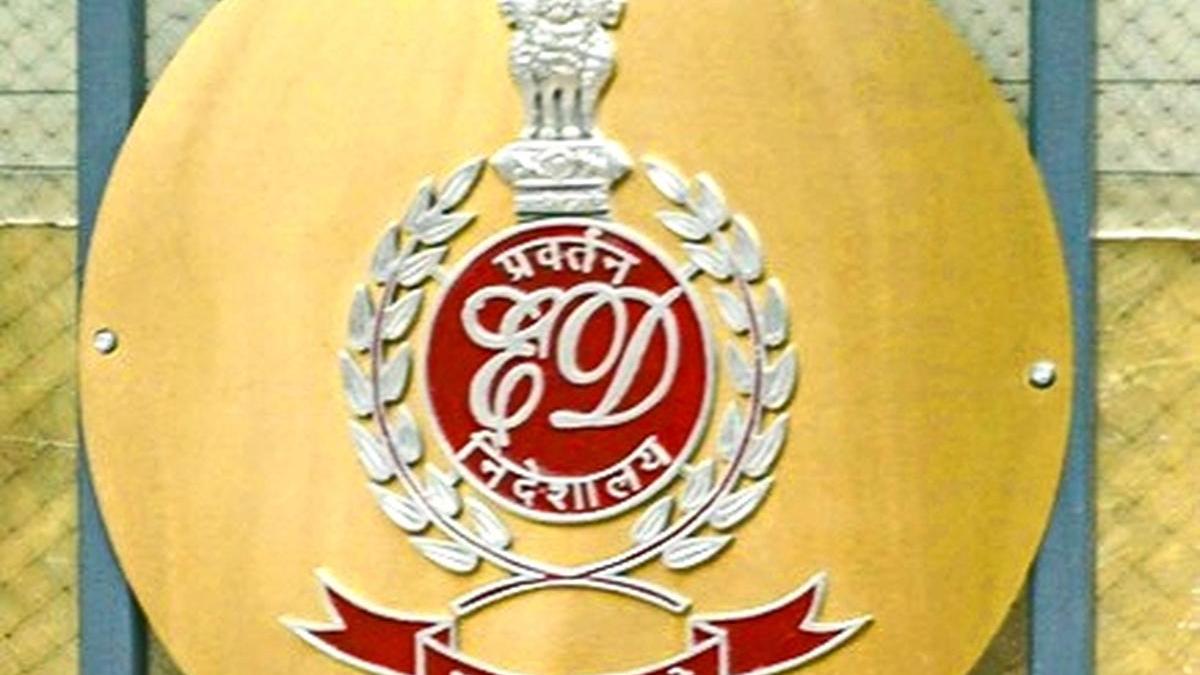
In view of the heavy inflows, floodwaters being discharged from the Prakasam Barrage across the Krishna in Vijayawada on Wednesday.
| Photo Credit: K.V.S. GIRI
Major reservoirs and barrages across Andhra Pradesh are brimming with water, with several water bodies nearing full storage capacity due to steady inflows.
As per official data available as of Wednesday, the water level in the Srisailam reservoir stood at 202.04 tmc ft, which was 93.62% of its storage potential. While the inflow stood at 3.8 lakh cusecs, the outflow was over 4.2 lakh cusecs through spillways, powerhouses, and canals.
The water level in the Nagarjuna Sagar reservoir reached 302.91 tmc ft, or 97.07% of its capacity. Officials were releasing 3.6 lakh cusecs to manage the rising levels.
The water level in the Pulichintala reservoir was being maintained at 78.26%, while Tungabhadra held 80 tmc ft, which was 75.46% of its full capacity.
The Prakasam Barrage in Vijayawada recorded a full storage of 3.214 tmc ft, with inflow and outflow balanced at 4.4 lakh cusecs, prompting officials to issue the first warning. The barrage recorded a surplus of 4,38,288 cusecs. The inflow realised at the barrage was 4,50,326 cusecs. The KE Main Canal was releasing 7,525 cusecs, the KW Main Canal 4,513 cusecs, and other canals 12,038 cusecs. The were no releases from the Guntur Channel.
Water level in the barrage stood at 12.9 feet, and authorities issued the first warning in view of the high inflows. Residents in the downstream areas were advised to remain cautious and follow official safety instructions.
In the Godavari region, the Sir Arthur Cotton Barrage (Dowleswaram) was full at 93.43% of its gross capacity with inflows exceeding 3.5 lakh cusecs. In the Somasila reservoir, the water level reached 92.76% of its capacity and stood at 72.34 tmc ft, while Velugodu and Gotta barrages, too, were brimming, ensuring ample water availability across the irrigation systems.
Officials said that consistent inflows left little cushion in several reservoirs, forcing regulated releases to safeguard downstream regions. The near-full storage levels were expected to support irrigation, power generation, and drinking water supply. Authorities were keeping a close watch to manage flood risks.
The Andhra Pradesh State Disaster Management Authority (APSDMA) cautioned that inflows might rise further, potentially touching 4.50 lakh cusecs. To ensure public safety, five SDRF teams had been deployed at the ghats in Vijayawada to carry out emergency rescue and relief operations, if required.
With the Dasara festivities underway, the authorities issued special instructions to regulate pilgrim movement at the river ghats. The police, irrigation, and municipal staff had been stationed along vulnerable stretches, while barricades and warning boards were being set up to alert the public.
“Strict precautions are being taken, and all departments are on alert. Public cooperation is essential,” said Prakhar Jain, APSDMA Managing Director.
Published – September 24, 2025 07:01 pm IST

